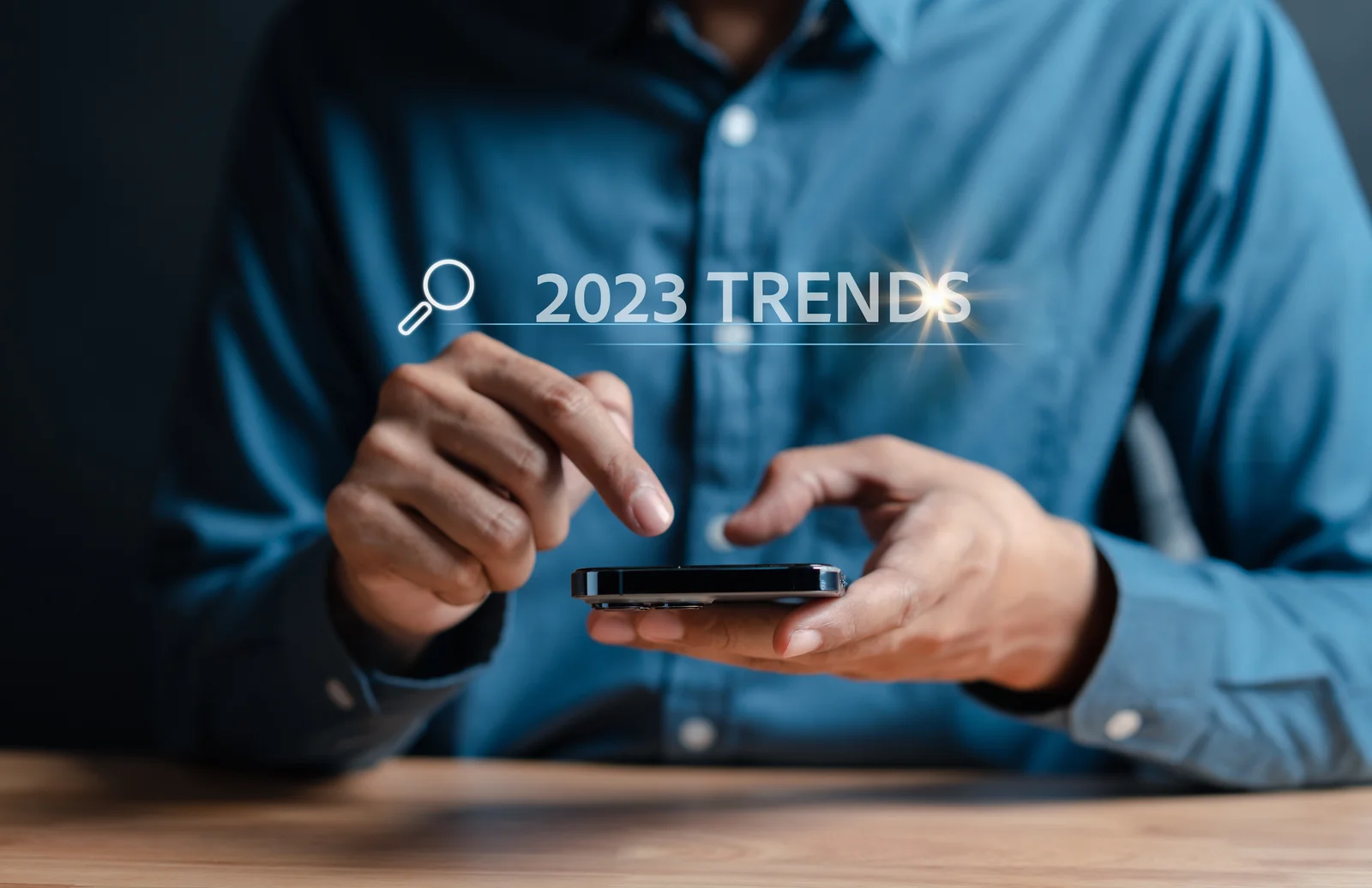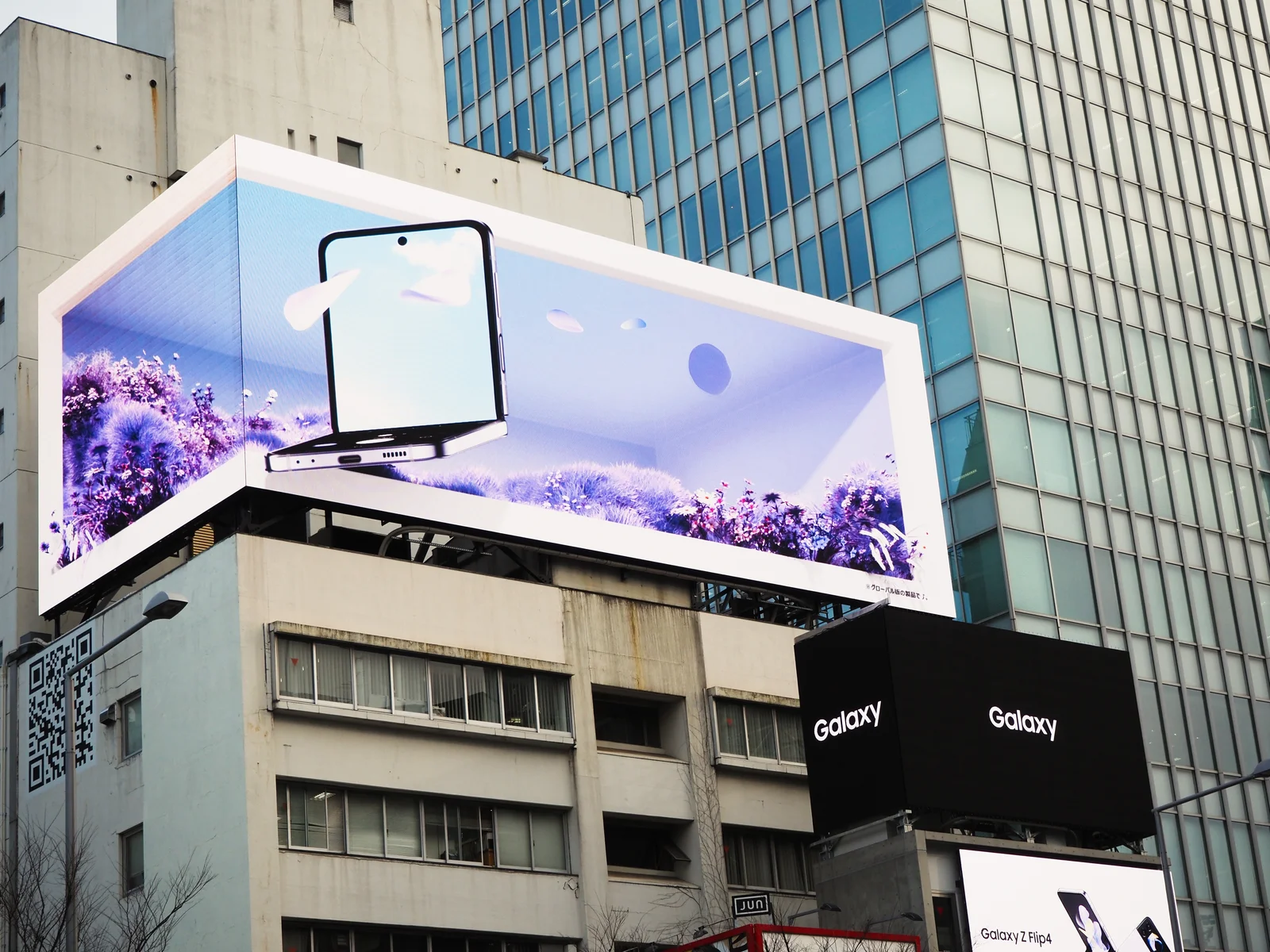
Programmatic Advertising Trends To Look In 2023 and Beyond

With programmatic advertising placing itself at the forefront of the industry, keeping up with its latest advancements is essential for any marketer. Read on to learn more about the exciting trends that will be in everyone’s mouths (and eyes) this year.
It’s no doubt that programmatic advertising has become the go-to framework for digital media buying; programmatic ad spend is expected to exceed $550 billion globally in 2023, making it an exciting and essential space for advertisers to keep up with.
This growth is due to its effectiveness, flexibility, and adaptability, allowing it to assert its dominance in the advertising landscape, even during challenging times. In an ever growing but saturated market, programmatic advertising remains a reliable player that marketers can invest in to achieve operational efficiencies and reach their target audiences.
But to stay ahead of the curve, brands and advertisers must keep up to date with the innovative ad formats and multiple channels that are constantly emerging; the ebbs and flows of the culture in which it is ingrained; and, ultimately, the latest programmatic advertising trends that emerges as the result of these two colliding movements.
So let’s take a look at the trends that will shape the programmatic landscape during 2023 and the years ahead!
Trend #1: First-Party Data is retaking the spotlight (along with a few newcomers)
Third-party data has been a go-to resource for programmatic advertising for years, allowing marketers to leverage data collected by other entities to improve targeting and performance.
However, with the end of third-party cookies on the horizon as Google Chrome will block them by the end of 2024, advertisers are scrambling to find new solutions.
One of them is going back to basics, as First-Party Data (data collected directly from consumers, like email addresses or purchase history, among others) is making a grand return. It enables advertisers to improve targeting while reducing reliance on third-party data, and ensuring compliance with data privacy regulations like GDPR and CCPA.
First party data is (and always was) a valuable asset as it comes directly from your audience, and it’s an essential part of contextual targeting, which allows advertisers to find the right audience on the right platform at the right time without relying on cookies or pixels.
But there are also ongoing projects within the programmatic advertising ecosystem being developed right now to face the upcoming outlaw of third-party data. One of them is Unified ID 2.0, an open source system that requires user consent by email address to create an ID, or Google Chrome’s “Privacy Sandbox”, which aims for a more private and transparent handling of user information.
Trend #2: Social Media is under heavy scrutiny (and so are brands)
It seems like the golden age of social media branded partnerships might be coming to an end; or, at the very least, is going through a major hiccup.
Nowadays, the most relevant social media platforms are making headlines daily, but not always in the most positive light. META has been a recurring presence in Congress’s hearings; Twitter has been dealing with internal turmoil since its acquisition by Elon Musk; and there’s the looming possibility of TikTok getting banned in the USA and many European countries.
It is no secret that brand safety is one of the top priorities in any marketer's mind, so brands should be extra careful when choosing where to display their messages. Damaging a brand reputation is easier than ever; fixing it is a lot more complicated.
Case in point: found that 65% of US adults have unfavorable views of brands that advertise on privately-owned platforms that contain extremist content, hate speech, misinformation or conspiracy theories, or a large number of bots or fake accounts.
Additionally, over half of consumers surveyed said they would have negative views of brands that advertise on platforms with little or no content moderation policies or mismanagement at the corporate level.
As a result, it's important for brands to carefully consider the platforms they choose to advertise on and ensure that they align with their values and those of their customers. Which leads us to our next trend.
Trend #3: Digital Out-Of-Home programmatic advertising is quickly becoming a major player in uplifting brand awareness
With its dazzling billboards and real-time updates, Digital Out-of-Home programmatic advertising (DOOH) makes cities and streets come to live. 2023 is expected to be the year that this groundbreaking format will finally make it into every brand's marketing mix, and for a handful of reasons.
Regarding the increasing uneasiness of partnering with a social media platform, DOOH gives the advertiser a brand-safe environment where their creatives stand mostly in its own, far from any potential harmful association, while also imbuing the brand with an aura of grandness and stability that is greatly appealing to consumers.
Furthermore, as several global crises are taking its toll on every consumer facing the unknown, it is important for them to feel reassured by what they do know. Marketers are aware of that, and that’s why brand awareness has become more important than ever to create or maintain a sense of everydayness.
That’s why, according to recent surveys, many brands are planning to move their budget away from performance marketing and towards building brand awareness in the upcoming year. Digital Out of Home programmatic advertising has undoubtedly become a reliable and cost-effective means of generating brand awareness on a large scale, with its hyper-targeting capabilities, eye-catching visuals and immunity to ad blocking.
As more brands and agencies become familiarized with the cutting-edge technologies of DOOH programmatic advertising platforms like Beeyond, it is expected to be seen less as a novelty and more as the ideal partner to get their messages out on the streets in a creative and disruptive way. But how disruptive? Let’s find out in the next trend!
Trend #4: It’s all about experiences now
The average consumer has seen it all. Or mostly so. Truth is, it’s hard to surprise our audience anymore. But that doesn’t mean we should stop trying.
Within the DOOH programmatic advertising industry, for example, 3D billboards are an emerging trend that are catching eyeballs all around the world. They give the customer the chance to “feel” or understand the product before it reaches their hands, providing perspective and creating an immersive experience when used right.

It’s an impactful, interactive and greatly shareable experience, which is something all marketers look for when creating a campaign; you want the consumers to take out their phones and engage with your creative.
That’s why QR codes are another way of making the audience part of the campaign; by giving them something they can retrieve through the use of their phone, you can lead to your web, your app or your ecommerce, making them an active part of your strategy.
It’s clear that programmatic advertising is full of possibilities nowadays, and coming up with new and exciting ways to reach your audience is the key to successful campaigns. Early adopters of groundbreaking technologies like DOOH will greatly benefit from jumpstarting their shift to more experienced-oriented campaigns that boost brand awareness and drive better results.
Are you ready to take that leap? If so, here at Beeyond we have amazing opportunities for brands and agencies to experience firsthand the power of digital out-of-home programmatic advertising. If you are up for the challenge, talk to our representatives today to request a demo!
